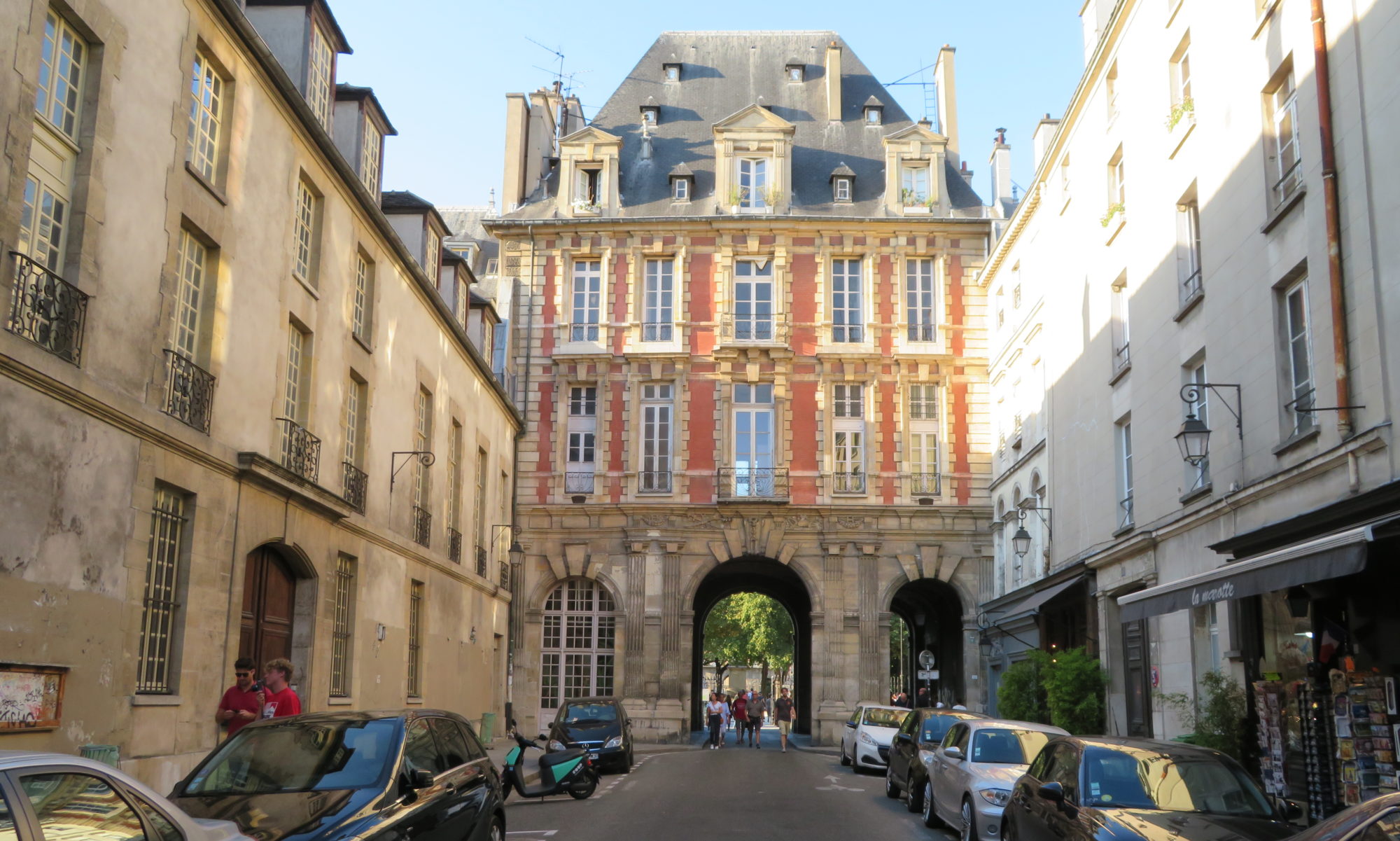Here we are, celebrating July 4, Independence Day, in quarantine. But let’s look at the longer term. If this Covid-19 is so deadly, better be safe than sorry, right? So, some restrictions for a better future are likely something we should be able to endure to keep our independence day in, day out.
If you compare to what the ancestors of this nation went through to earn our freedom, our pandemic, while being worldwide, seems more manageable than what Washington and his troops had to face to put the United States of America on the map.

The Battle of Lexington
As everyone learns in school, the revolt started with the battle of Lexington on April 19, 1775. This rebellion came following unpopular British colonial legislation such as: the Stamp Act in 1764, the Tea Act in 1773, and the Intolerable Acts in 1774.
Seven-eight months prior, the incident of the Powder Alarm had the colonists organize themselves for a potential attack from the British. And so, when word came that the British troops were en route from Boston, militia gathered ready to fight. However, their leader, John Parker, finding out they were outnumbered ordered his men to not fire unless, the British fired first. The British troops had similar instructions, to not fire unless fired at.
None of the contenders at the site fired first. However, a shot came from the back that started the British running and killing eight of Parker’s men. The rest of them ran for their lives. Accounts on this battle differ widely. However, one thing is sure, this was a signal that the colonists meant to be independent from the British authority, and that the war was on for good.

The Declaration of Independence
The Declaration of Independence was eventually signed a little bit more than a year later on July 4, 1776 in the Pennsylvania State House in Philadelphia. This didn’t end the ongoing war. One month later, the British anchored 130 ships into New York harbor bringing 20,000 redcoats.
This inflow led the Continental army to some disastrous battles and a couple of months later, morale was low and the troops reduced to a fraction of its former size. Disease and desertion were rampant and Washington desperately needed a victory to save the revolution. He ordered his men to retreat in Pennsylvania across the Delaware River.
Believing the enemy defeated, the British scattered to outposts across New Jersey, glad to wait out the winter.
The Salvage of a Revolution
The colonists couldn’t afford this luxury. Washington planned one of the most audacious charges ever attempted.
In the night of Christmas 1776, he and 2,400 courageous men crossed the unreliable frozen waters of the Delaware River. In the middle of the night, they walked nine miles to Trenton, where they attacked by total surprise 1,500 German mercenaries, making close to 900 prisoners and grabbing enough materials to provide for several American brigades.
Washington then advanced on Princeton where he captured about 200 redcoats.

While these victories were relatively small, they had a major effect in rekindling the hopes within the 13 colonies that winning independence was possible and resulted in thousands of men re-enlisting in the Continental Army.
Washington’s ingenious strategy that night was the turning point for the victory of the American independence. Though, it would take another five years of battles before a joint effort of American and French troops, the former besieging the British army stronghold at Yorktown, the later fighting British reinforcement at sea, led General Cornwallis to surrender to George Washington on October 19, 1781.
And while times have changed, what we all want is still freedom to live. This means taking into account all those who share this country together and who enjoy the liberties so hardly won. Do not let some impatience get the pandemic out of control. Let’s just be responsible for one another and do what is best for the good of all. Happy 4th of July! Happy Independence Day !
Sources: Wikipedia – Battles of Lexington and Concord, Siege of Yorktown
History.com – Battles of Lexington and Concord, Siege of Yorktown
Encyclopedia Britannica – Declaration of Independence – United States History







